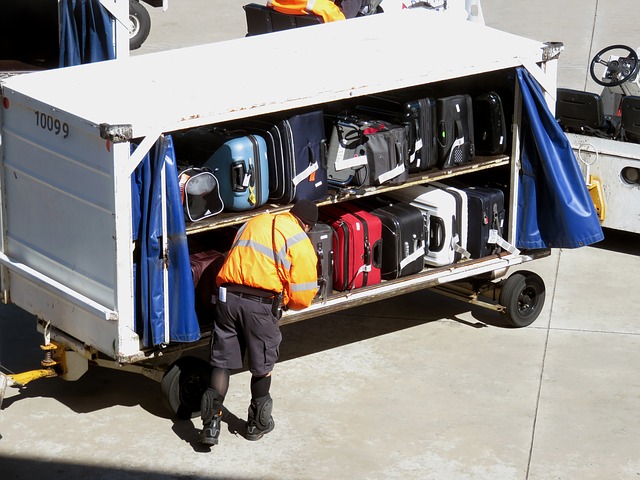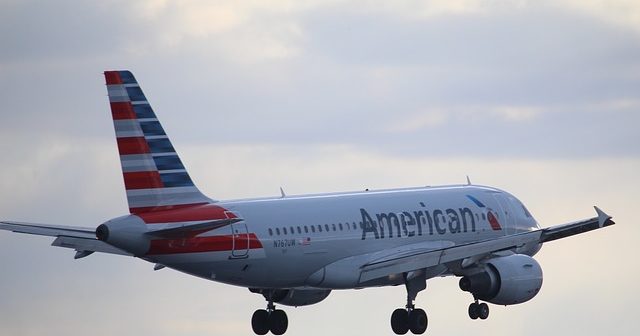Airline baggage restrictions are now stricter than ever before. This means that taking a kayak along with you will present many of the same hassles and headaches as putting a gun in checked luggage. Airlines aren’t accepting kayaks the way that they used to. This is bad news for kayaking enthusiasts who want to take their own vessels along when they fly.
Some airlines which don’t permit kayaks may be willing to check your bagged vessel as some other form of bulky athletic equipment (a windsurfing board, or a surfboard, etc.). You shouldn’t rely too much on this sort of good luck. A lot depends on how savvy and accommodating a ticket agent is.
Today, we want to share some advice which will help you to avoid disappointment when you hit the airline ticket counter with your kayak in tow.
Research Airline Rules Beforehand

A decade ago, plenty of domestic airlines allowed boats. Now, it’s just a few. Two of the most popular domestic airlines (Delta and American Airlines) do not accept boats. United Airlines decided to join them in November 2014, but does offer an exception to national team athletes who compete with kayaks or canoes. These athletes are permitted to travel with their boats, because United Airlines sponsors Team USA.
Right now, only four domestic airlines will take boats and these carriers are Frontier Airlines, Southwest, Alaska Airlines and Virgin America.
In the international sphere, there are more options. Some international air carriers are more relaxed when it comes to kayaks. While the airlines may not specifically state that they will accept kayaks, they do state that they will accept big pieces of sporting equipment which share the same length and weight specifications as kayaks.
Examples include Air New Zealand, Air France, Air Canada, Austrian Airlines, All Nippon Airways, Brussels Airlines, Avianca, Emirates, Lufthansa, EVA Air, Swiss Air, Singapore Airlines, Turkish Airlines and Thai Airways.
Read Baggage Policies Ahead of Time
Another vital tip that you should definitely follow is to read the fine print on your airline’s baggage policy. It’s really important to understand the ins and outs of baggage restrictions, fees and rules. If you don’t read the terms and conditions, you may find that you experience plenty of stress and hassles later on.
First, confirm that your preferred airline accepts kayaks. We provided a list of domestic and international carriers that do accept them, but rules change from time to time. Next, research and figure out how the airline defines kayaks. Some airlines consider paddles and boats to be a single piece of cargo, while others consider them to be a couple of pieces of cargo.
To be smart, keep a copy of the baggage policy of your preferred airline with you. This way, you can present the fine print to a ticket agent if he or she gives you a hard time or doesn’t seem to understand the baggage policies of his or her employer.
A ticket agent who is confused may end up rejecting your kayak or end up trying to tack on major fees. In certain circumstances, it’s possible to save some cash by paying baggage costs ahead of time, before you fly.
Also, you should look at restrictions for weight and length, in imperial and metric measurements. An airline may state that it accepts kayaks, but have length limitations which disallow anything over 9.8 feet long, or three hundred centimeters. If you don’t adhere to these weight and length rules, you may have a big problem when you try to check your kayak at the airport.
Emirates is a carrier which does permit kayaks on flights. However, the kayaks need to fit particular dimensions and an agent will not hesitate to measure a boat and make sure that it fits the guidelines.
Singapore Airlines is a carrier which is quite concerned with weight maximums for boats. If you fly via Singapore Airlines, the boat will be considered a portion of your overall allowance for baggage, provided it doesn’t weigh more than thirty-two kilograms. If it does weigh more than that, it will need to be shipped as cargo.
Finally, check and see if the carrier has restrictions for oversized baggage for particular sorts of airplanes. Some planes, including regional airplanes or narrow-body jets, have smaller compartments and cargo doors. They may not be big enough for a kayak.
It’s wise to book on planes which aren’t smaller than Airbus A320s or Boeing 737s. If you can’t find information about this topic at an official airline website, call or email to get the facts that you need.
Be Wary of Codeshare Flights
If you don’t look into baggage policies beforehand, these flights may become disasters. For example, you may have booked your trip via a carrier which accepts kayaks. If it’s a codeshare flight, you should know that it’s actually operated by another carrier. This means that your baggage is subject to the baggage policies of the operating airline.
If you’re still planning your trip, check your itinerary and see if codeshare flights are included. If they are, you need to research baggage rules for the operating carrier before you book. If you’re flying from country to country, look and see if the carriers are members of a worldwide alliance of airlines, such as SkyTeam, OneWorld or Star Alliance. See if there is a universal luggage policy for the entire alliance.
Pack Your Boat Properly
Some carriers require that kayaks be wrapped or bagged. Whether your carrier does or doesn’t, you should pack your boat in this manner.
Kayaks should be packed in boat socks or bags, because these wrapping add some protection.
Baggage handlers are often pretty rough with kayaks. They tend to get thrown around, or banged up, or dragged. Packing your boat properly will reduce the risk of damage from wear and tear. Also, if your kayak does get damaged while it’s being transported, the proof of damage on the boat sock or bag will function as handy evidence.
When you bag your vessel or put it in a boat sock, you may be able to stash other gear inside of the bag or boat sock. If you don’t exceed the weight restriction with the extra gear added, there’s no reason not to put more stuff in there. You’re probably paying for excess baggage already, so you might as well put as much in there as you can.
Your Paddle or Boat May Be Lost or Broken

You should consider the fact that your paddle and/or boat may get lost or may be broken. What will your backup plan be if this happens?
Here is a guide to follow that will help to protect your kayak and paddle.
When you get your “bag tags”, stay in the check-in area until an airline employee takes your kayak. These boats are usually too large to travel down luggage chutes. This means that baggage handlers have to carry them down to loading areas, where they are then put onto planes. Stick around and be sure that these steps are carried out.
Also, keep your bag tags until you arrive at Point B and collect your stuff. If your boat and/or paddle doesn’t arrive, or is damaged or ruined, your bag tags will be necessary. Without them, you won’t be able to hold the carrier accountable for the error. While it may be possible to get help and justice without the bag tags, why take the chance?
Airlines may try to evade responsibility through loopholes. Don’t give carriers that option.
If your cargo is destroyed or lost, you’ll have to battle for compensation. There is a Montreal Convention which dictates that carriers must pay travelers for the value of damaged or lost baggage, via a formula that has been agreed upon internationally. So, there is law on your side.
Don’t try to use the system against airlines. Airline staff have seen it all and they can spot scams from a mile off. Very few passengers travel with their kayaks, so carriers won’t hesitate to alter policies if they think that they’re being taken advantage of.
Now that you know the drill, you’ll be ready to enjoy your trip…and to enjoy your kayak once you arrive at your destination!




